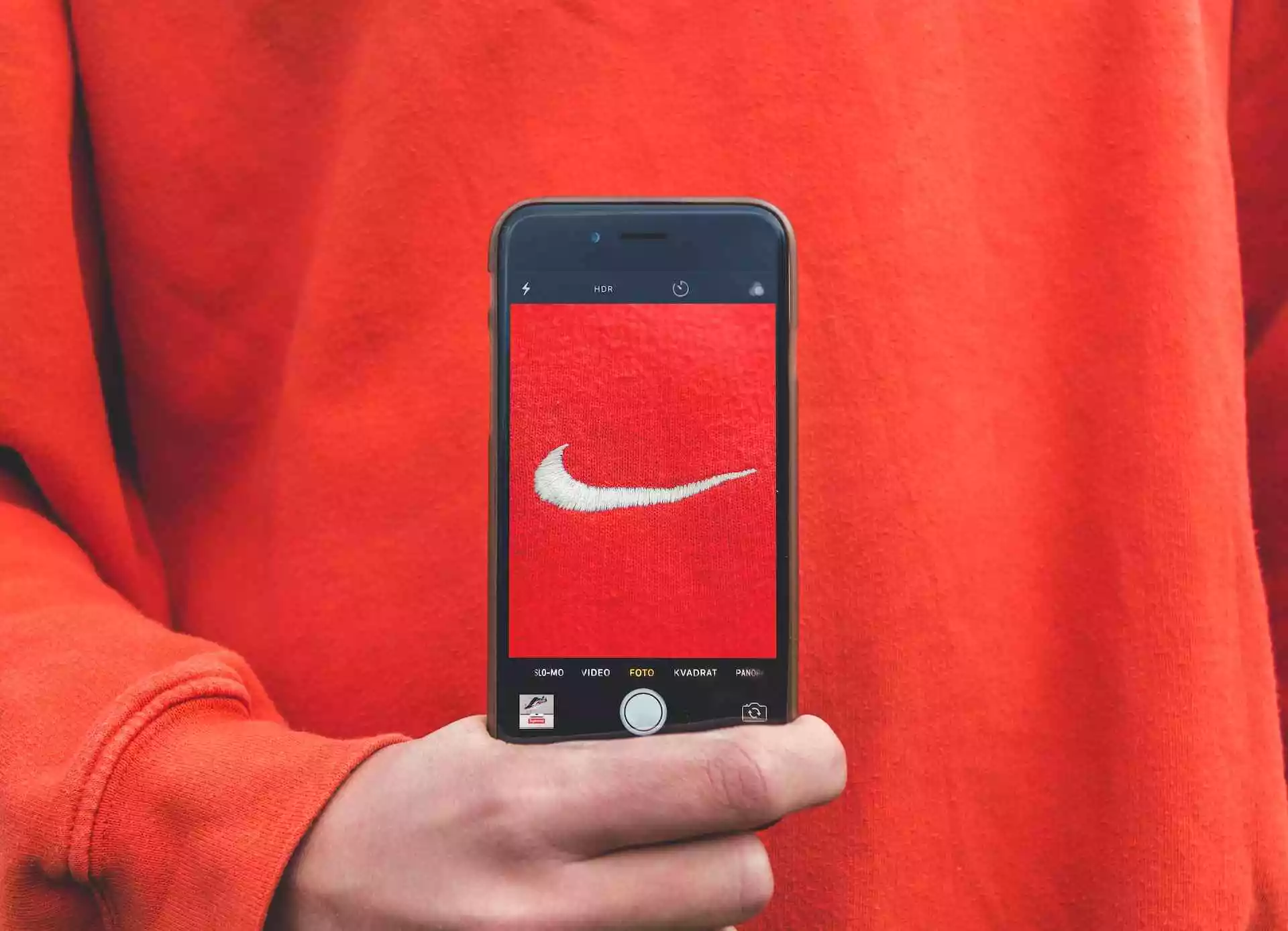Color is an essential component of our lives. It influences our feelings, behaviors, and even our decision-making processes. In the realm of branding, color takes on an even more significant role as a potent communication tool. It can influence how we perceive a brand, the emotions we associate with it, and our willingness to engage with it. Through the lens of color theory, we’ll delve into the fascinating relationship between color and brand perception.
The Science of Color: A Brief Overview of Color Theory
Color theory is a conceptual framework that guides us in understanding how colors relate to one another and how they influence human perception and behavior. Developed over centuries, color theory is used widely in various fields, from art and design to marketing and branding.
At the heart of color theory lies the color wheel, featuring primary (red, yellow, blue), secondary (green, orange, purple), and tertiary colors (mixes of primary and secondary colors). It is a helpful tool for understanding color relationships and creating harmonious color schemes.
Furthermore, color theory speaks about color psychology, referring to the study of hues as a determinant of human behavior. This aspect of color theory significantly impacts how brands utilize colors in their branding strategies.
The Psychology of Color in Branding
Different colors evoke different emotions and associations. By choosing a specific color or color scheme, brands can strategically control the message they convey to their audience.
- Red: Often associated with passion, excitement, and urgency, red is frequently used by brands that aim to express energy and boldness (e.g., Coca-Cola, Netflix).
- Blue: Signifying trust, reliability, and calmness, blue is a popular choice among tech and financial companies for its ability to inspire trust and security (e.g., IBM, Facebook).
- Green: As a color representing nature, health, and renewal, green is typically used by brands that wish to emphasize their commitment to health, tranquility, or sustainability (e.g., Whole Foods, Starbucks).
- Yellow: Known to evoke feelings of happiness, optimism, and warmth, yellow is often used by brands seeking to convey friendliness and creativity (e.g., McDonald’s, Snapchat).
- Black: Symbolizing luxury, sophistication, and power, black is a common choice for luxury brands and high-end products (e.g., Gucci, Chanel).
These associations, however, are not universal and can vary across cultures, which is a crucial aspect for brands to consider, especially those with a global presence.

Consistency is Key: Building a Cohesive Brand Identity with Color
Consistency in color use contributes to brand recognition. Studies suggest that a signature color can increase brand recognition by 80%. It’s not just about choosing the right color; it’s about consistently applying that color across all brand elements—from logos and websites to product packaging and advertising campaigns. This consistency creates a cohesive brand identity, making the brand instantly recognizable to consumers.
Color and Conversion: The Impact on Consumer Behavior
Color also significantly impacts consumer behavior. It can attract attention, evoke emotions, and even drive action. For example, in e-commerce, colors used in call-to-action (CTA) buttons can affect conversion rates. Experimenting with different colors and monitoring the results can help businesses understand which colors engage their specific audience more effectively.
The Role of Trends and Context in Color Choice
While the psychological associations of colors are important, brands also need to consider current color trends and the specific context in which the color is used. What works for one industry might not work for another. Moreover, the same color can have different effects depending on the surrounding colors, another principle derived from color theory known as color harmony.
Conclusion
Color plays an indispensable role in shaping brand perception. It communicates brand values, evokes emotions, and influences consumer behavior. Through the lens of color theory, we see the nuanced impact of different colors on brand perception.
Yet, the use of color in branding is not just a science; it’s an art. It’s about striking the perfect balance between the psychology behind colors, the trends of the time, and the unique essence of the brand. When done right, color becomes more than just a visual element—it becomes an integral part of a brand’s identity.



